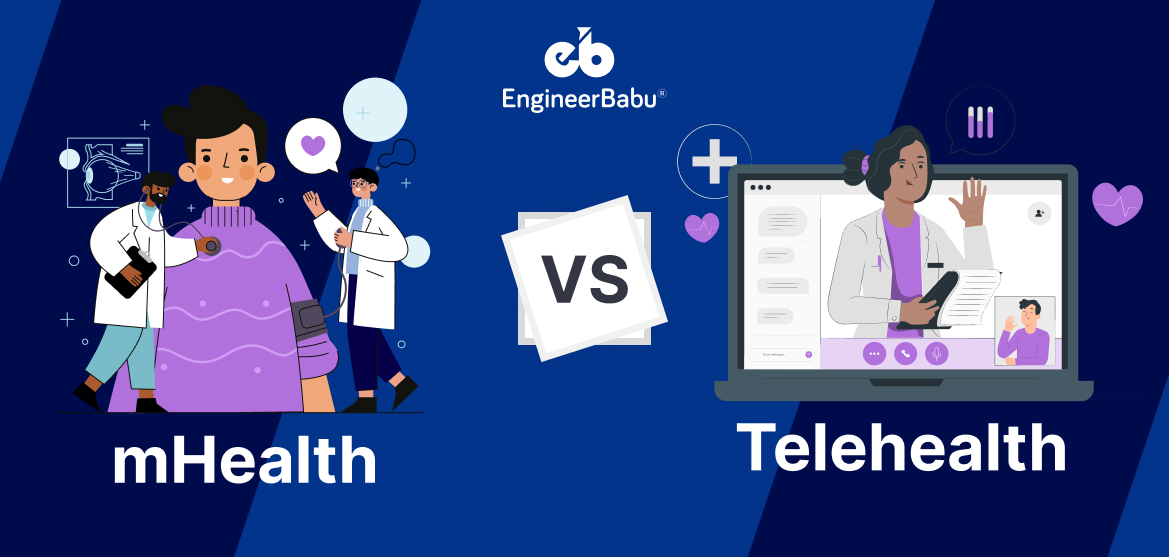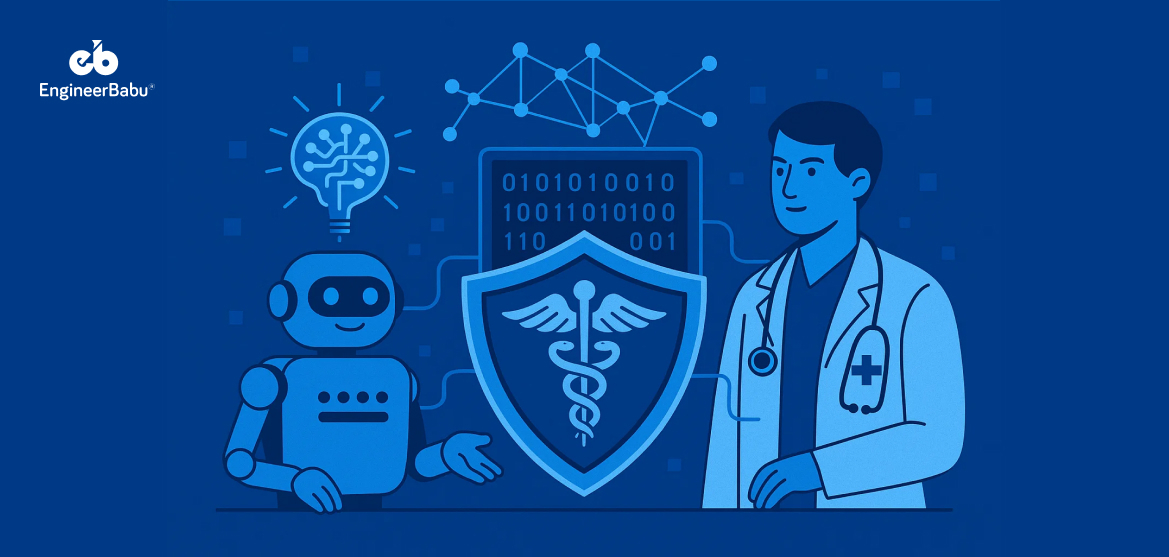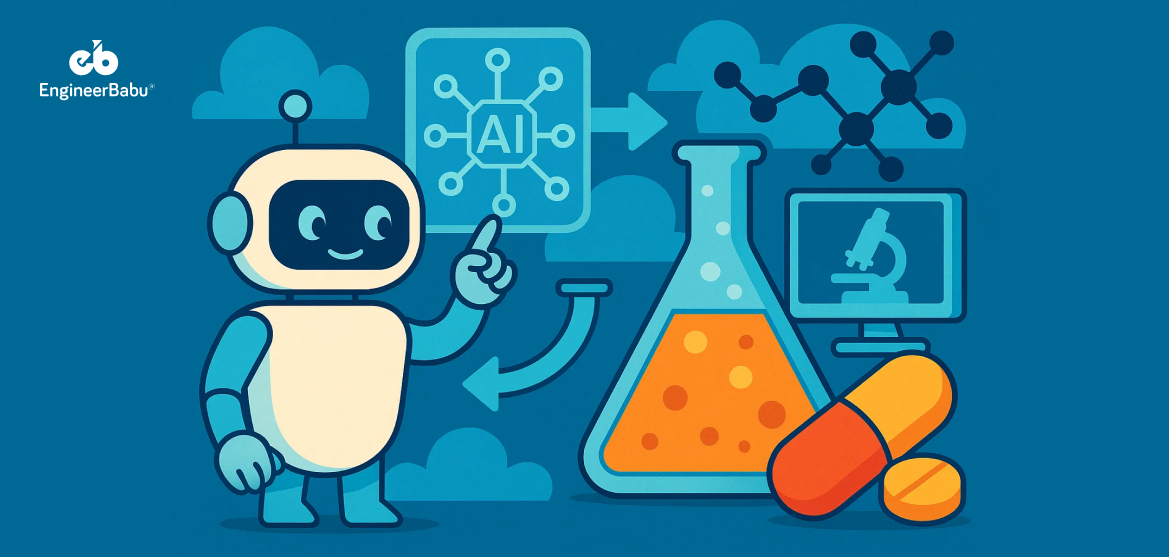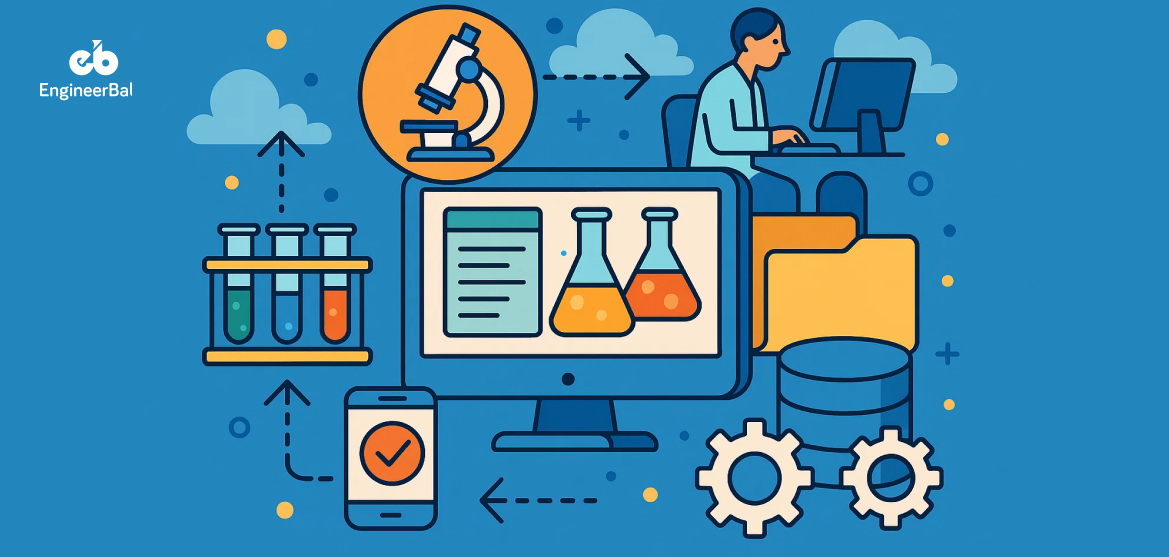Imagine being able to monitor a patient’s blood sugar levels from halfway across the world — or helping someone manage their mental health through a simple app on their phone. Sounds like the future? It’s already happening thanks to mHealth and telehealth — two powerful forces revolutionizing healthcare delivery today.
According to a report by McKinsey & Company, telehealth usage has stabilized at 38x higher than before the pandemic, while the global mHealth apps market is projected to hit $370 billion by 2030.
With this explosion of digital healthcare solutions, understanding the subtle but crucial differences between mHealth and telehealth is no longer optional — it’s essential for healthcare entrepreneurs, app developers, consultants, and investors shaping the next wave of innovation.
In this guide, we’ll break down the 6 key differences you must know between mHealth and telehealth — arming you with the insights needed to build smarter solutions, advise better, and invest with confidence in the ever-evolving world of healthcare technology.
What is mHealth?
mHealth (Mobile Health) specifically refers to healthcare practices supported by mobile devices—smartphones, tablets, wearable technology, and mobile apps.
The emphasis is on empowering users directly: from monitoring vital signs and managing chronic conditions to scheduling medication reminders and accessing personalized coaching, all through devices we carry every day.
What is Telehealth?
Telehealth, on the other hand, has a broader definition. It covers the remote delivery of both clinical and non-clinical healthcare services using digital communication technologies.
This might include video consultations with doctors, remote patient monitoring linked to hospital systems, or even tele-education platforms for healthcare professionals.
Unlike mHealth, telehealth typically requires more structured technology systems like Electronic Health Records (EHR) integrations and professional healthcare networks.
Key Differences Between mHealth vs Telehealth
Scope
mHealth:
mHealth primarily targets individual users. It’s designed for everyday health management, wellness tracking, and chronic disease support—largely without needing constant professional oversight. mHealth apps are more consumer-facing and focus on self-management and personal health empowerment.
Telehealth:
Telehealth operates within a provider-to-patient framework. Telehealth covers a full spectrum—from primary care visits and mental health counseling to specialist consultations and even post-operative check-ins.
Technology & Delivery Channels
When it comes to the tech behind these two giants, mHealth and telehealth operate on different engines, though there’s some crossover.
mHealth:
mHealth solutions thrive on mobile-native technology. Think mobile apps, SMS health campaigns, Bluetooth-enabled medical devices, and wearable tech like smartwatches and fitness trackers.
Telehealth:
Telehealth, meanwhile, leans heavily on communication infrastructure: video conferencing platforms, remote monitoring systems, telemedicine software, and secure patient portals.
Use Cases & Applications
The real-world applications of mHealth and telehealth showcase just how differently they impact healthcare.
mHealth:
mHealth typically empowers personal health management. Apps for managing diabetes, tracking fertility cycles, practicing meditation, or analyzing sleep patterns are all examples.
Telehealth:
Telehealth, in contrast, focuses on clinical interactions. Virtual doctor visits, telepsychiatry sessions, remote wound care consultations, and post-surgery follow-ups via video call fall under this banner. Telehealth is crucial for reaching underserved areas and reducing the burden on physical healthcare facilities.
User Engagement & Accessibility
User engagement strategies between mHealth and telehealth differ dramatically, and knowing how can make or break your product.
mHealth:
mHealth is highly consumer-centric. It’s about ease of use, gamification, daily engagement, and personalization. Successful mHealth apps mirror the user expectations set by top consumer apps—think personalized recommendations, push notifications, and easy-to-navigate dashboards.
Telehealth:
Telehealth platforms, however, must focus on accessibility and reliability. Here, the user experience needs to be medical-grade: secure login, seamless video quality, proper consent procedures, and interoperability with hospital or insurance systems.
Regulatory & Compliance Considerations
mHealth:
mHealth often operates in a regulatory gray zone. While medical-grade apps (like those for insulin dosing) must comply with frameworks like the FDA’s Mobile Medical Applications Guidance, many wellness apps sidestep heavy regulation by avoiding explicit medical claims. That said, data privacy laws like GDPR and HIPAA can still apply depending on data handling.
Telehealth:
Telehealth is deeply entrenched in healthcare regulation. Providers must navigate licensure laws (often state-specific in the U.S.), adhere strictly to HIPAA for data security, and maintain clinical documentation standards equivalent to in-person visits. During the COVID-19 pandemic, telehealth regulatory barriers temporarily loosened—but many of those flexibilities are now tightening again.
Market Trends & Investment Insights
Both mHealth and telehealth are seeing explosive growth—but not equally, and not everywhere.
mHealth:
mHealth is booming in consumer markets. Grand View Research predicts a double-digit CAGR for mobile health apps, fueled by rising smartphone adoption, the wellness movement, and aging populations seeking proactive health tools. Startups are focusing heavily on AI-powered personal health assistants, remote diagnostics, and wearable tech integrations.
Telehealth:
Telehealth, meanwhile, is embedding itself into healthcare systems. Hospitals, insurers, and even governments are pushing for integrated telehealth solutions to cut costs, improve patient outcomes, and expand rural access. Private equity and venture capital firms are increasingly investing in B2B telehealth platforms that offer EHR integration and scalable clinical solutions.
Conclusion
As healthcare continues its rapid digital transformation, knowing the six key differences between mHealth and telehealth is critical for anyone serious about innovation, entrepreneurship, or investment in this space.
- mHealth puts powerful health tools directly in consumers’ hands.
- Telehealth brings clinical expertise to patients, no matter where they are.
Together, they create a future where healthcare is proactive, personalized, and profoundly more accessible.
For those ready to shape the next generation of health tech, understanding these dynamics isn’t just useful—it’s non-negotiable.
Frequently Asked Questions
1. What is the main difference between mHealth and telehealth?
The key difference is that mHealth focuses on personal health management through mobile devices like smartphones and wearables, while telehealth involves remote clinical and non-clinical services using broader digital communication tools like video conferencing and electronic health records.
2. Can mHealth and telehealth work together?
Absolutely! In fact, the future of digital healthcare lies in the integration of mHealth and telehealth. Patients use mHealth apps for daily tracking and self-care, while telehealth ensures they have access to professional medical support when needed, creating a continuous and connected care ecosystem.
3. What are the regulatory challenges for mHealth startups?
While not every mHealth app requires FDA approval, issues around data privacy, HIPAA compliance, and cross-border data handling are becoming increasingly important. Startups must be proactive about understanding regulatory requirements to avoid costly legal pitfalls.
4. Which sector is more attractive for investors: mHealth or telehealth?
It depends on the investment strategy. mHealth offers fast-scaling, consumer-driven opportunities, but faces intense competition. Telehealth provides more stable, B2B growth potential with higher regulatory barriers that can protect market share. Many investors are now looking for hybrid solutions that blend both models.
5. How can EngineerBabu help startups build successful mHealth and telehealth apps?
EngineerBabu, a leading product development partner, specializes in building HIPAA-compliant, scalable mHealth and telehealth solutions. With deep experience in healthtech innovation, their team helps startups and healthcare brands go from idea to launch faster, safer, and smarter.




